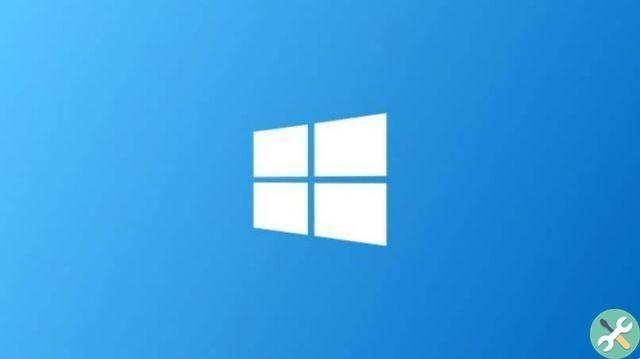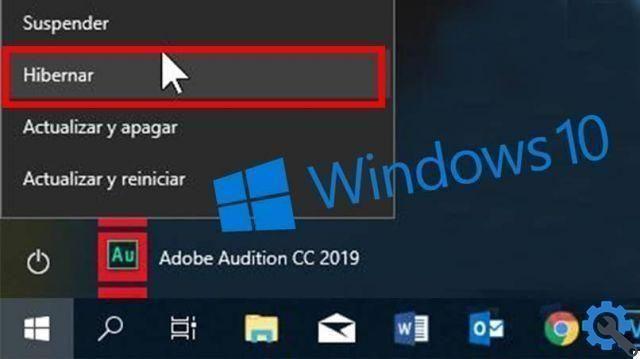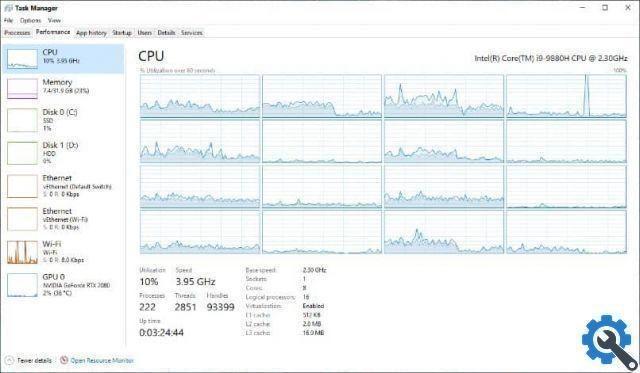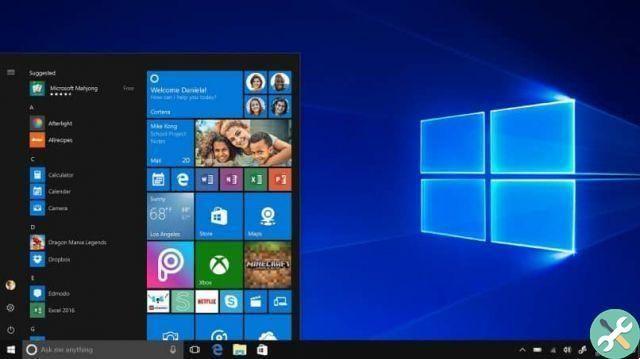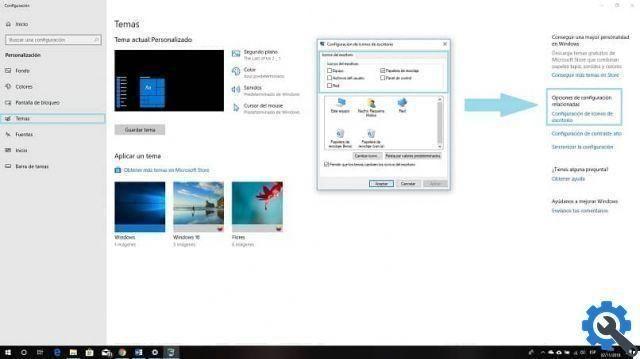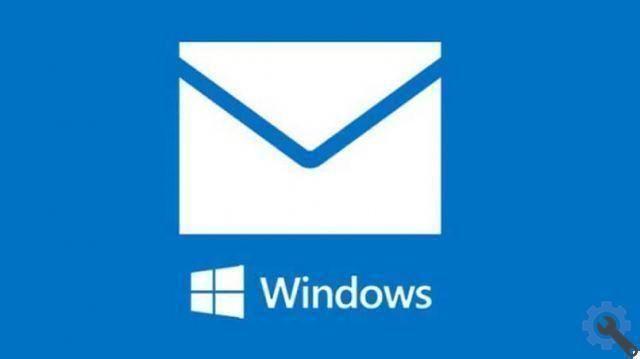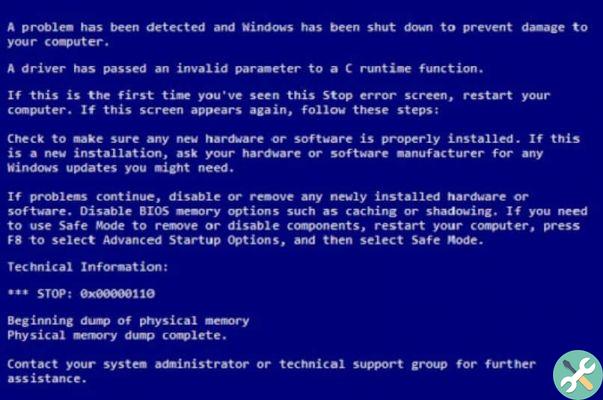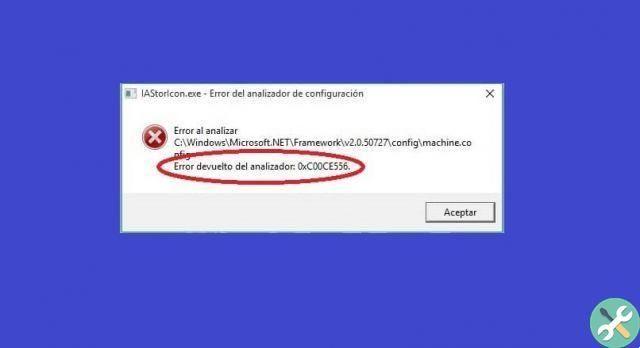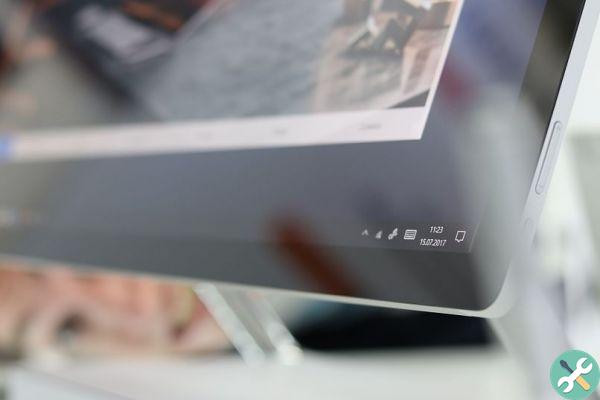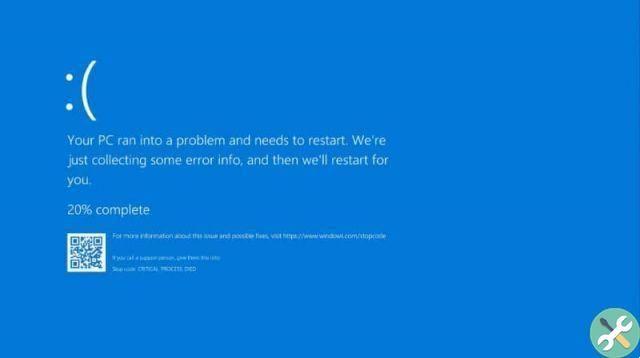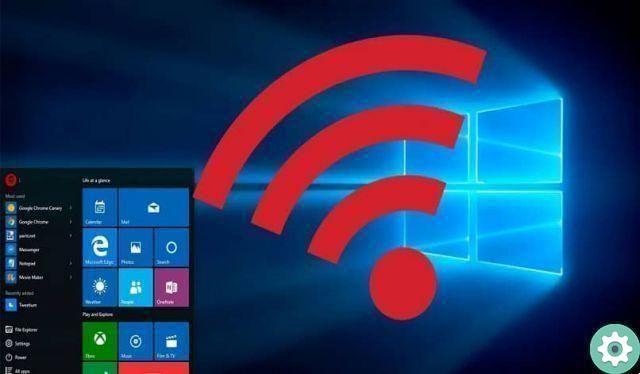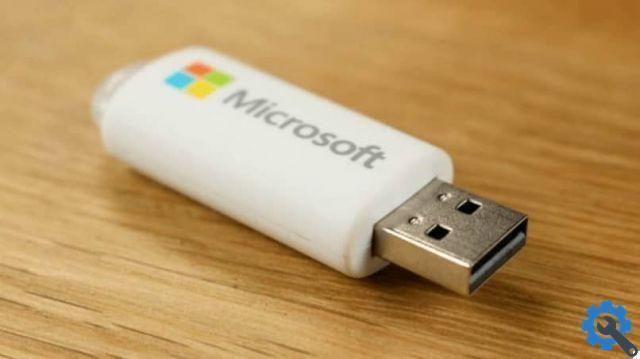Changing the screen timeout or sleep in Windows is not enough, it is sometimes understandable to do without this option.
Since the display is one of the biggest battery life drains, this is useful to ensure you don't unnecessarily wasting battery life when not using the laptop.
In fact, when the battery percentage is displayed on the Windows 10 taskbar, you can easily notice that it is constantly low when the screen is at maximum brightness or usage.
However, if that's not your primary concern and it's more important to keep the screen on, our guide below will show you how to tweak a couple of settings so that the screen stay on longer. Even indefinitely, when you haven't used it for a while.

Choose when to turn off the screen in the Control Panel
One of the options you need to make sure that the screen does not turn off in Windows 10 versions is to go to options found in the control panel. Perform the following procedure that we leave you below.
- You need to select the Control Panel to start it.
- Now you will select the System and Security option.
- Click Change when the computer goes to sleep in Power Options.
- Click the down arrow and select the time from the list.
- Click Save Changes for the settings to take effect.
How to change display power settings in Windows 10
Before going through the process, you have to keep in mind that if you select the “Never” option for the configuration below, your screen it will stay on even if you haven't touched it for a while.
There are separate settings for when the computer is connected to power or running on battery, so you can configure these situations separately and have the screen not turn off in Windows 10.
- You need to select the Start option which is located at the bottom left of the screen.
- Select the Settings icon in the lower left corner of the Start menu.
- Now select System from the menu.
- Click the On / Off tab on the left side of the menu.
- Click the drop-down menus under Display to choose the period of inactivity after which you want Windows 10 to turn off the screen. The Never option is at the bottom of the list.
If you use your computer in a dark environment, some of the Windows menus 10 may be a little too bright.
Learn more about Dark Mode in Windows 10 and find out if it's something you think will improve your computing experience.

Using Windows 10 settings to keep the screen on
To open the screen saver settings, type “Change screen saver” in the Cortana search box on the Windows 10 taskbar.
Select Change Screen Saver to open the window shown below. From here you can change all the screensaver settings.
Select the Screen Saver drop-down menu and click (None) from there. Click Apply and OK to apply the settings. This disables the screen saver.
However, there are other things that can turn off the screen as well. To configure them, click Change Power Settings.
Then select Choose when to turn off the screen to open the options below. Now select Never from all the drop-down menus and do click su Save Changes.
If by any chance you have any other problems with Windows 10, I recommend that you visit our website to investigate and fix those annoying problems or errors you may have.




